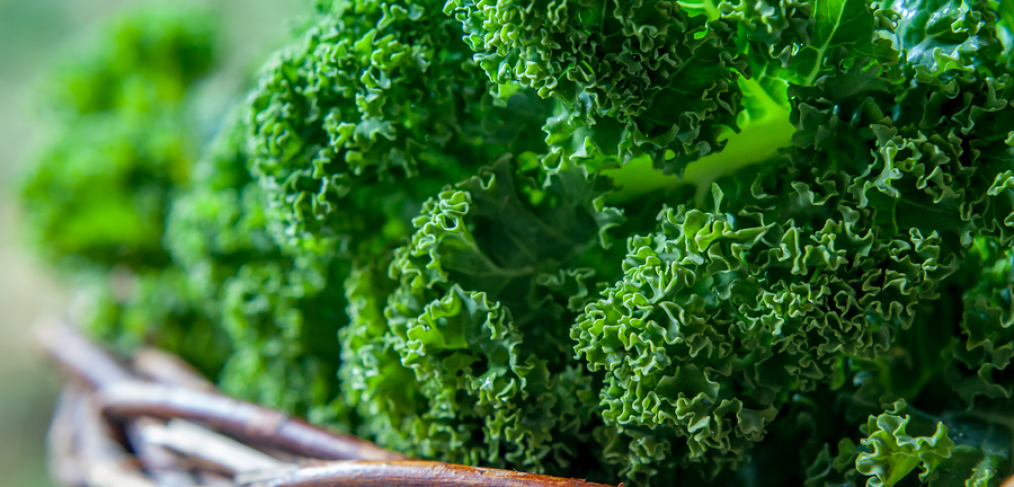
How to Start Winter Gardening
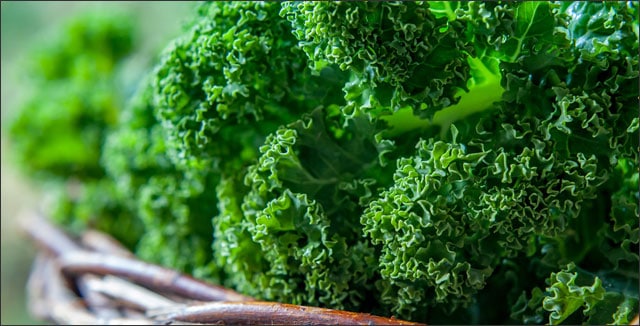
I don’t know about you but winter has come to my yard. My trees are all bare, the plants are dead and all the other natural foliage is dry and brown.
The long slumber has started until the new green shoots arrive in the spring.
This part is often hardest for any gardener. You can dream and enjoy your indoor plants. Looking outside is often disheartening when all you can see is brown.
The only fresh vegetables you are likely to see for many months are in the grocery store – unless you happen to live in one of our country’s warmest places.
In addition, if you don’t, you know that fresh salad just cost a lot to ship and burned more of the world’s disappearing fossil fuel. And that’s all for those of us who are extremely privileged, right?
For most of us, eating local is all well and good until winter hits in earnest. We don’t want to live surviving on stored root veggies and salt pork until spring. That would be the reality for those of us in the colder zones if it weren’t for cold-hearty vegetables and winter-growing protection methods.
Yes, there is good news. There is enough sunlight in most of the world to grow some veggies through winter with the right tools.
You may already be doing this. Or, you may have heard rumors but aren’t familiar with how to make this happen.
However, gardeners from very frigid climates in Ontario and Wisconsin are making this work, so chances are, you can too.
Winter Gardening Growing Methods
There are many ways you can offer winter crops enough protection and sunlight to make them last. The basic principle is to make sure you sow plants that will a) enjoy cooler temperatures – we’re not talking about tomatoes here – and b) use the right amount of protection to keep them from getting killed in a frost or cooked in a greenhouse effect.
Here are some of the more popular and effective protection methods out there for winter gardening:
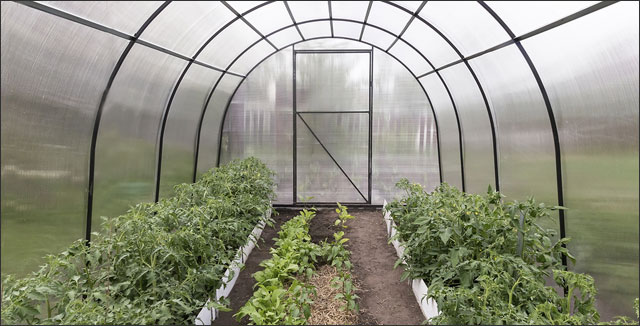
Small greenhouse with a metal frame covered with plastic
Greenhouse
The obvious choice is a greenhouse. Greenhouses can be heated or unheated, made of glass or plastic, have straight sides or domed. They can be cheap to construct or state of the art. It all depends on what you want to grow through the winter and how much space you need.
The great thing about greenhouses is that they afford you access to your plants the same way you get in a garden – or better. And generally, the strong construction helps them withstand both winds and snow.
For tips on building a greenhouse, see 5 Reasons to Build a Greenhouse and How to Get Started.
Cloches
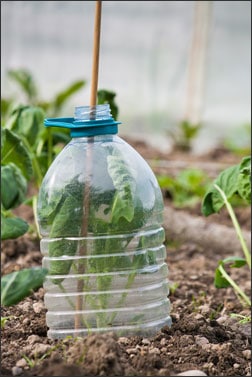
Plastic bottle being used as a cloche
These things have been around for a while. Cloche is the French word for “bell.” If you’ve seen a decorative bell jar, now you know what they were originally made for.
Nineteenth-century French gardeners placed these over individual plants in spring and fall to act as miniature greenhouses. Gardens outside of Paris grew acres of out-of-season vegetables for the city in this way.
However, watch out for that greenhouse effect. It can kill plants by making them too hot with the tiny amount of air available. Modern, non-glass versions of the cloche include:
- Solar umbrellas – fold for easy storage
- Re-used plastic milk jugs and water bottles
- Aluminum and plastic lantern cloche
- Plastic grow domes
- Tomato plant cover
Some serious considerations are: how well your cloche will stand up to high winds and/or snow, and how much storage space you have to store numerous cloches during the off-season. Obviously, traditional glass bell jars will need safe shelving to protect this investment.
Row Tunnels / Floating Row Covers / Quick Hoop Systems
Floating row covers work well for crops that really don’t need more than just protection from the elements. For example, root veggies you are allowing to ripen in the ground.
For some, this makes them much sweeter than they otherwise would be if you harvested before the first frost. These are basically low-lying tunnels of fabric or plastic supported by plastic or metal hoops. They can be floating – just resting on the ground – or anchored in the ground, depending on how much wind and weight of snow they need to withstand.
Construction materials to consider are:
- Wire wickets and fabric or plastic
- Lengths of electrical conduit – this would have to be bent as it is installed with a conduit bender and plastic or fabric anchored with sandbags or buried in the ground
- Half inch hard plastic conduit anchored in a hole in the ground – with fabric or plastic or both
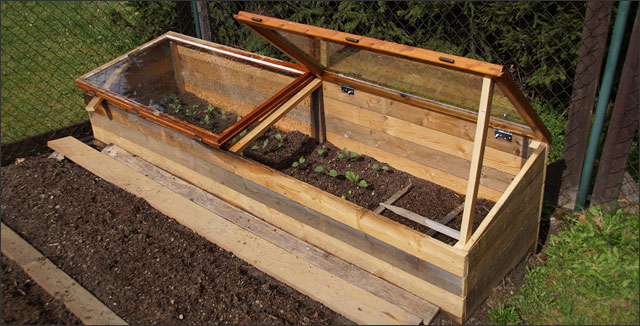
Wooden cold frames
Wooden Cold Frame
You can make your own wooden cold frames fairly easily. These are great for single small crops that won’t move – such as self-seeding plants.
They are basically wooden frames with huge hinged doors. One bonus of these is that you can use them in summer to finish of especially heat and moisture-loving crops such as tomatoes and hot peppers.
Mulch
There are some cold-loving plants that don’t mind a frost – or who love a frost – and who don’t need or want much protection. Sometimes all these need is a layer of mulch like straw, newspaper, wood chips, sawdust or the like.
Winter Hardy Plants to Consider
- Spinach – if you sow in late summer it can often survive an unheated winter greenhouse under a layer of row cover. It will “bolt” – or go to seed – in spring, but offer fresh leaves and stems all winter.
- Lettuce – It’s not frost-tolerant, but does prefer cool weather. Leaf lettuce is hardier and can be cut multiple times.
- Arugula – Tastes better in winter than summer – much sweeter.
- Asian Greens – Brassicas (like Kale): tatsoi, Mei Qing Choi (a dwarf bok choi), Mizuna (Chinese mustard), Tokyo Bekana
- Chard – Very cold tolerant, this can survive sometimes with no protection at all.
- Kale – Some varieties are hardy to 6 degrees Fahrenheit and keep producing leaves all winter long.
- Mache – A prized winter annual that is too delicate to ship and often only found at farmer’s markets – this one is rewarding to grow. It slowly grows tiny heads only 3 inches across but is perfect for winter salads.
- Claytonia – called “miner’s lettuce” because of its use nourishing California prospectors during winter gold rush times. It produces nickel-sized round succulent leaves which re-grow after cutting.
- Parsley – It’s the hardiest herb, sometimes growing without protection even in Zone 5. It’s a self-seeding biennial, so it will come back if you leave it in one spot.
- Carrots – Can survive in the ground under a cold frame or unheated greenhouse, planted as late as November. The cold gives them a very sweet flavor
- Beets – Not as hardy as carrots but can be planted on the same schedule
- Turnips – Kept above freezing, the whole plant is tasty
- Leeks – Oniony flavor is great fresh – need planting in early Spring for a winter harvest
- Radishes – Not frost tolerant, but prefer cool weather.
Takeaway
If you haven’t already, consider dreaming up a winter garden and learning ways to keep it alive in the coldest of climates. You will be richly rewarded.



